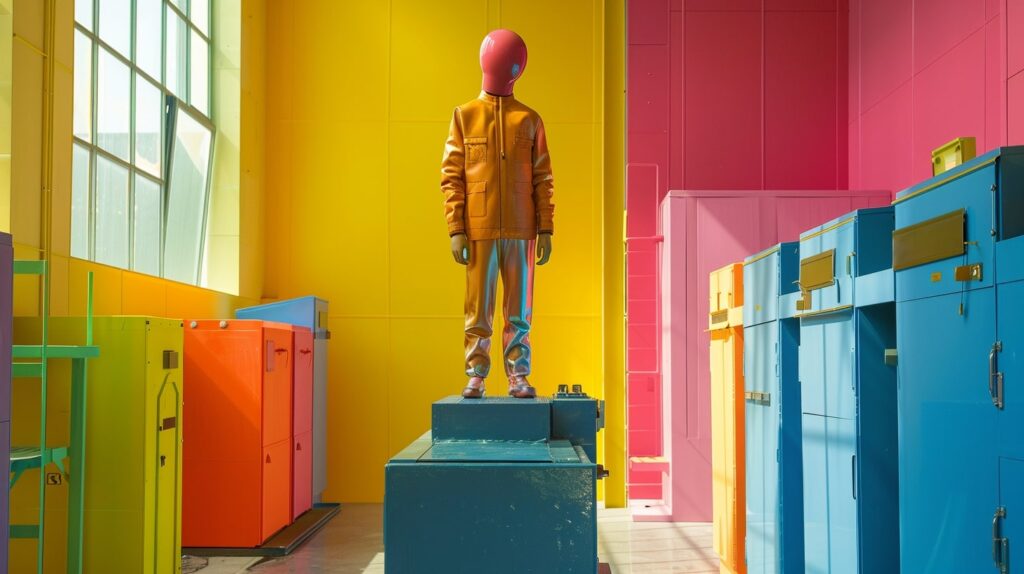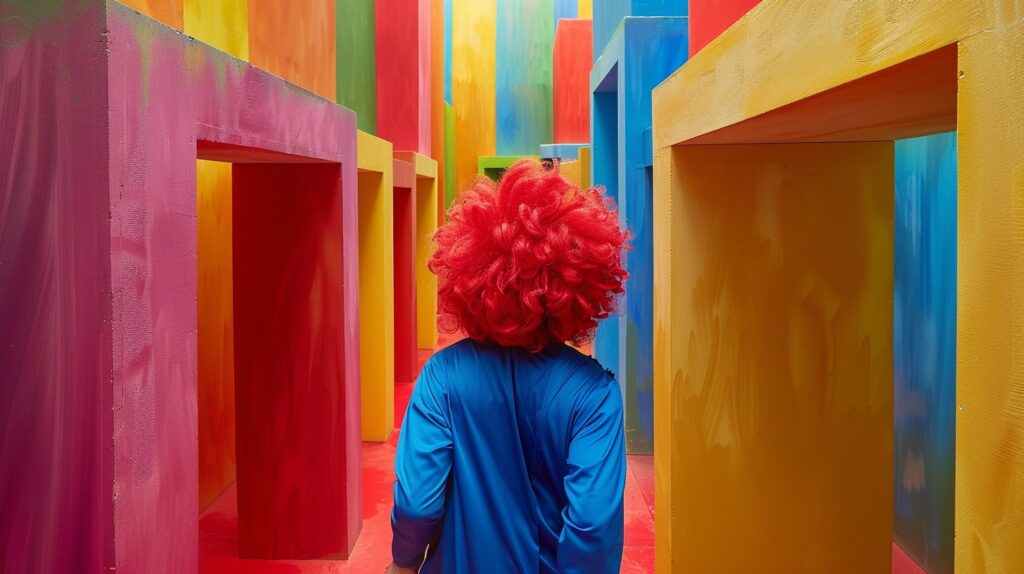The most important lesson I can share about brand marketing is this: you definitely, certainly, and sure don’t have enough time and money to build a brand for everyone. You can’t. Don’t try. Be specific. Be very specific.
Seth Godin
In my opinion, this is the most challenging aspect of building a business. Figuring out the ONE PERSON that you’re going to talk to. Do you make them general? Do you make them ultra-specific? How specific is too specific?
There are dozens of different exercises that you can do to help you find the Hero that you’re trying to connect with. You can even do a ton of customer research.
Sometimes these things are necessary and other times they aren’t. What do I mean by that?
It’s possible to create your own customer.
I bet nobody has ever told you that before, but it’s true.
I believe in the concept of building your customer which is different than finding your customer. Building your customer means you build a world for them and the ones that like that world will enter it. Those who don’t, don’t.
The reason why I prefer this approach is that it’s too easy for me to get caught in the loop of always adding more to my customer.
“Oh, I need to address this pain point to expand my audience. Okay, just one more. Whoops, can’t forget this one.”
This is about building something you are happy with and that can be pretty difficult to do if you don’t build the people you want to work with.
Building your customer also means you build out everything else at the same time. You might not work on it, but when you’re done building your customer, that means you’ve already created your social media strategy, funnels, and offers.
They might not exist yet, but they are now set. Let’s go through an exercise using this course as an example.
Who am I talking to? Let’s start broad.

A Quick Exercise
You’re told that you need to think of the person that you want to help. Some of you might have even done customer personas before in the past.
I’m terrible at those because I can think of a million people that I could help. It gets me nowhere.
But with this course, I’m showing you that you can create funnels that generate sales that actually make you and your customers feel good.
Do I need to think about who I’m helping? Not really because it’s going to be people who want to make money by creating funnels that make them and their audience feel good.
I don’t know if that person is married, has a 9-5, or is 7′ tall. None of that matters in the big scheme of things.
Sure, when I do specific content I can target an individual and only speak to them but overall, my customer is going to be built based on the outcome and mechanism that I’m promising.
(What I mean by specific content is that I might create a blog post to help people quit their 9-5 job in 90 days. In this case, the demographic is people that have jobs that they want to leave.)
The idea is that all of the content that I create revolves around the outcome that I’m promising in some way. Naturally, that will attract the people that it’s meant for.
I’m not looking for my customer. I’m building them.
Outcome + Mechanism
The outcome is the result the person can get after working with you. It might be something tangible like make $20,000 or it could be the person they become.
But it’s a specific outcome that they can understand. The mechanism is how they can achieve that outcome.
A lot of people teach you how to make money online. I teach you how to do it by building a Full Stack Engine. That’s my unique mechanism.
The more I talk about these things (there are different ways to do this covered in The Pocket Course) the more I attract the right people.

Where Are They at On Their Journey?
On the Customer Journey (which you’ll learn about) there are 3-5 levels depending on how sophisticated you want to go. If you start by addressing the extremes, the middle tends to take care of itself.
In this case, I start with someone that is in the final phase of the customer journey: they are ready to buy because they need the solution.
Who is that for this course (if I charge money for it)? It’s someone that has tried other funnels and doesn’t like the idea of pushing their audience hard to buy. It doesn’t make them feel good or comfortable.
They’d rather their business be about relationships over conversions. But they still want money so they do believe there is a nice middle ground where they can make good money and feel good about it.
Creators who want to find as much joy in selling their art as they do in creating it.
From there I can work backward through each Customer Journey phase and plan the type of content that will get that person to notice me. And now I’ve built my customer without having to do wild exercises that end up confusing me.
Why is it important to move fast like this? Because the faster you can get content out, the faster you can get feedback.
Even if you go through the perfect exercise to create your customer avatar, there are things you’ll miss until you start talking to people and it’s hard to talk to people if you aren’t getting content out there.

The Funnel
But this course isn’t about creating content. It’s about creating funnels that work for your audience. A system that looks like a new world to your audience.
And you’ll soon see that content creation IS the funnel.
Creating a funnel is creating content and we will make sure we do it for the specific audience that you’ve selected. When you talk to your audience they won’t see the funnel because it won’t feel like one. What they’ll see is someone willing to help them.
They understand you need to make money just like we understand the deli requires you to pay for the sandwich. Money isn’t the hurdle.
It’s wondering if you’re really there to help them. Your funnels are maps for your audience to help them level up.
The better you understand the person you’re trying to help, the better you get at helping them. The better you get at helping them, the more money you will make.
Every interaction that we have with someone is part of a funnel. Some funnels FEEL like funnels while others feel like an interaction with a friend. You get to decide how you want your funnel to feel while building your audience.
Your Worldview
I’ll mention Worldview a lot throughout this course because it’s very important. How you see your niche/industry/topic/interest/curiosity is how your audience should see it as well.
You should be aligned or there is no point talking to them. And more importantly, it’s not your job to convince people that your worldview is the “right” one.
If you find yourself always having to explain why you view things the way you do then you’re talking to the wrong people.
Don’t go chasing waterfalls.
Exercise
Defining your audience is rarely a one-and-done thing. The idea of your audience can evolve with you. It’s no coincidence that a lot of Creators that get started begin talking about one thing and then suddenly switch to becoming Instagram gurus.
Do you see the confusion?
That’s why I start with the Outcome and if possible the unique mechanism but for this exercise just find the Outcome.
Next Lesson: The Offer >>>>>
